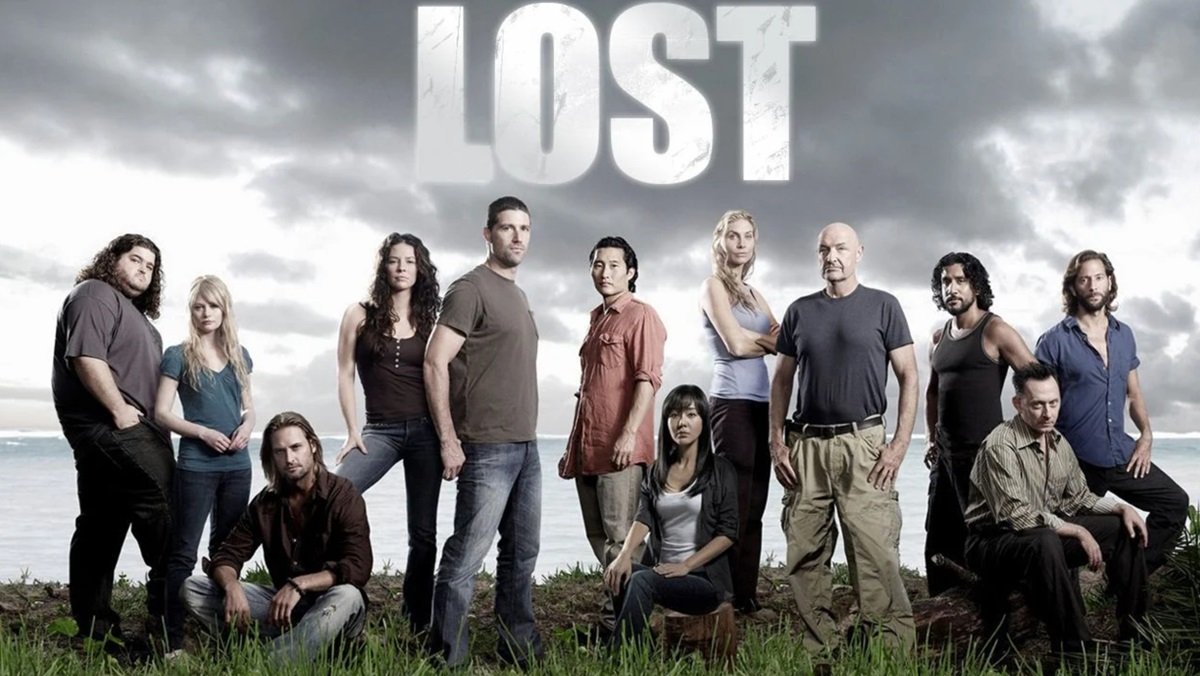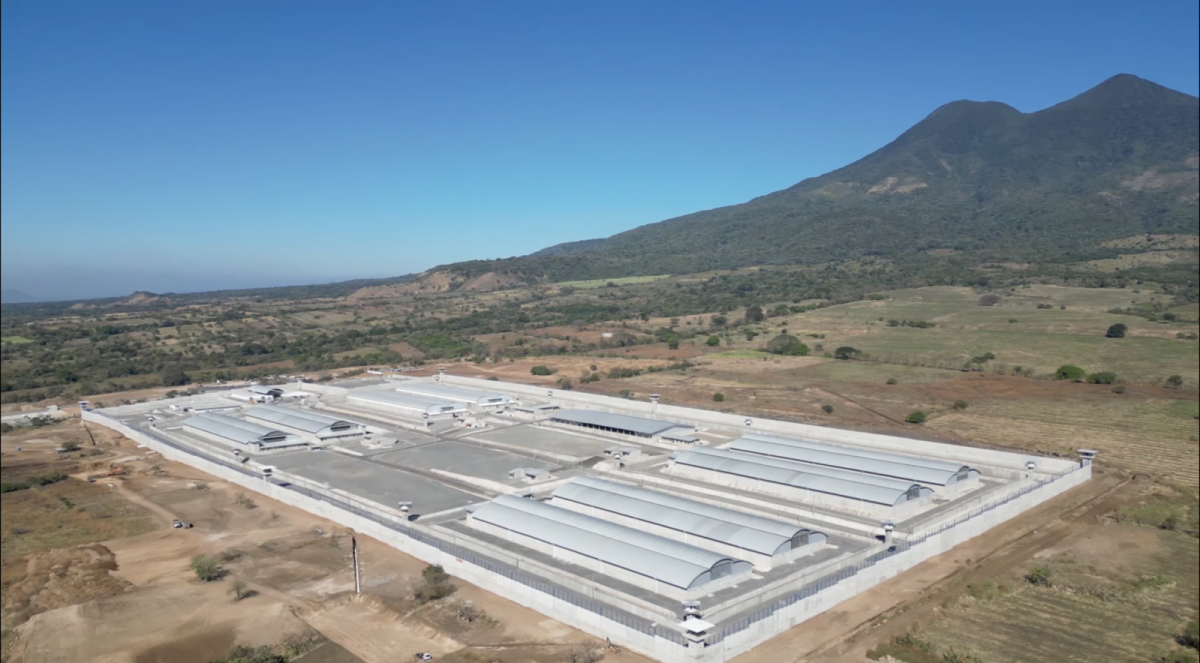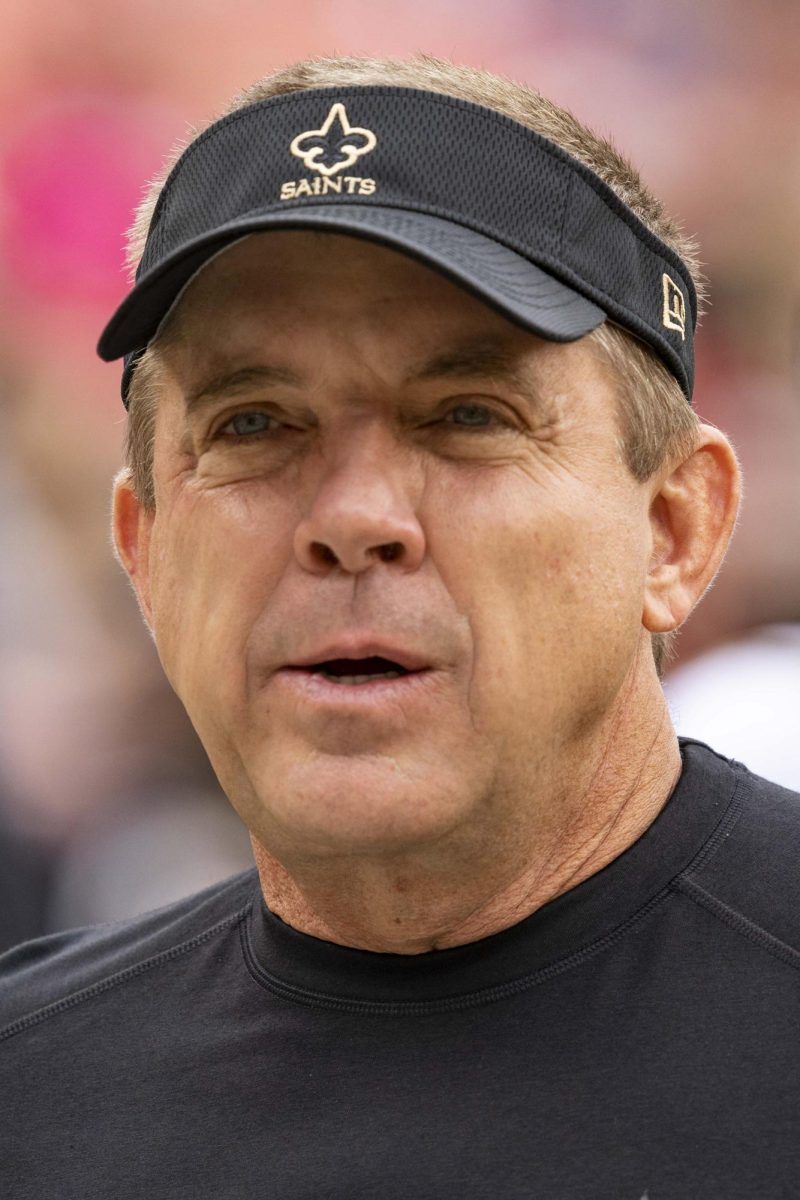With his 70th anniversary approaching (November 3rd), the recently released Japanese anniversary film Godzilla: Minus One, and the upcoming American anniversary film Godzilla X Kong: The New Empire releasing on March 29th, I couldn’t think of a better time to share my obsession with the King of Kaiju.

The first film helped to create a popular genre of Japanese entertainment, Tokusatsu, Japanese special effects based media. Eiji Tsuburaya, who led the special effects team of the first Godzilla (1954), as well as the next five films in the series, and many other sfx based films and series, is colloquially known as the father of Tokusatsu for his work. The original is still one of the best in the series (#4 in my opinion), boasting excellent pacing, and tense drama. After the success of the first film there was an american version, Godzilla, King of the Monsters!, and more kaiju (Japanese giant monsters) films produced by Toho, including Rodan, Varan The Unbelievable, Mothra, Atragon, Frankenstein vs. Baragon, War of the Gargantuas, and Dogora, all existing in the same universe as the Godzilla series.
The second Godzilla film, Godzilla Raids Again (1955), is nowhere near as interesting as its predecessor, the major highlights being the introduction of a second monster, Angirus; the first soldier protagonist (this one being a pilot); and the concept of a giant monster being defeated by a massive landslide. The next Godzilla film is a crossover with one of his predecessors, King Kong. King Kong vs. Godzilla (1962) is both the third Godzilla movie and the third King Kong movie. It’s an enjoyable romp where a pharmaceutical company wants to kidnap Kong for advertising purposes, similarly to the Petrox oil corporation in the 1976 version of King Kong, and in the midst of that expedition, there have been reports of Godzilla’s return, and of course they end up climatically clashing.
The next film in the series is Mothra vs. Godzilla (1964), the first crossover with another Toho monster with their own film. Personally, Mothra is my favorite kaiju so I find this crossover thoroughly entertaining. The fifth film, Ghidorah, The Three Headed Monster (1964) is also my seventh favorite Godzilla movie overall. Its plot revolves around the arrival of a venusian who possesses a princess and warns of the titular creature, who can only be defeated by Godzilla, Mothra, and Rodan teaming up to take down the tri-cranial tyrant. The follow-up, Invasion of Astro-Monster (1965) is less consistently entertaining in comparison to its predecessor. It’s about aliens asking to use Godzilla to fight their battles, only to betray humanity.
1966’s Ebirah, Horror Of The Deep was originally intended to be Toho’s second King Kong film (with Kong battling the titular giant lobster), a co-production with Rankin-Bass (this was around the time they were developing The King Kong Show). However, Rankin-Bass let go of the project after they insisted on the original Godzilla team of director Ishiro Honda and special effects director Eiji Tsurabaya, while Toho wanted Jun Fukuda to direct and Tsurabaya’s successor, Sadamasa Akirawa to direct the special effects. Toho ended up repurposing the script with Godzilla in Kong’s place. The final result feels somewhat out of place, though I do like that Mothra appears. Toho and Rankin-Bass eventually made up and created 1967’s King Kong Escapes which was directed by Honda and featured special effects directed by Tsurabaya.
Five months after King Kong Escapes was released, Son of Godzilla was released. The title character, Minilla (not literally Godzilla’s son) is abandoned on the island where the film takes place, and has no way to defend himself against the swarms of Kamacuras occupying the island, and the giant spider Kumonga ruling the island, until Godzilla arrives and protects him. The ending of this film in particular sticks with me as a genuinely beautiful moment. Its endearing charm lands it steadily in the #9 spot on my personal list.
This first series of Godzilla films, the Showa era (named for the era of Hirohito’s reign), was originally intended to end with a personal favorite (3rd favorite to be exact, and the ninth Godzilla movie), Destroy All Monsters (1968), the Godzilla film which features the second most monsters of any Godzilla film, second to only the bombastic maximalist 50th anniversary film Godzilla: Final Wars (2004). Due to the series’ consistent success, six more films were produced during the Showa era. The first was Destroy All Monsters’ disappointing sequel, All Monsters Attack (1969), featuring a quotidian storyline about a young boy befriending Minilla. I wish that this small scale monster film was better paced, and more unique. Yoshimitsu Banno’s Godzilla vs. Hedorah (1971) is a psychedelic skirmish between Godzilla and the pollution monster Hedorah (who’s morphing design I am a big fan of). This 70’s sequel is a clear improvement over the previous entry.
Jun Fukuda’s return to the directorial role is my 8th favorite, the thrilling Godzilla vs. Gigan (1972). It’s about an attempt by aliens to decimate the earth by controlling the space monsters Gigan and King Ghidorah which concludes with a memorable confrontation between the two titular monsters at the World Peace Park. The next year’s Godzilla vs. Megalon is a quality sequel, featuring Godzilla teaming up with the robotic hero Jet Jaguar. Godzilla vs. Mechagodzilla (1974) is the penultimate film of the Showa era. King Caesar is a unique character who has only appeared in this film and 2004’s Final Wars. The final film of the Showa era, Terror of Mechagodzilla (1975) unfortunately features its most entertaining segment near the beginning, a vision of a space monster invasion. Though Mechagodzilla was destroyed in the previous film, the remaining parts are rebuilt into Mechagodzilla 2 by the invading aliens. In my opinion this movie ends before it can get really interesting. Though it’s not the best, the final Godzilla film directed by Ishiro Honda is a worthy conclusion, even if it feels premature, the recent releases weren’t doing as well as the earlier films in the series, and Toho decided to stop producing the series.






!["This is [Not] Who We Are" movie poster.](https://chswarriorscroll.com/wp-content/uploads/2025/04/Screenshot-2025-04-13-at-9.34.19 PM-1200x678.png)





Tor Snyder • Feb 16, 2024 at 9:33 am
I completely agree but I would say invasion of Astro monster is super epic idk what you’re talking about saying it’s less entertaining